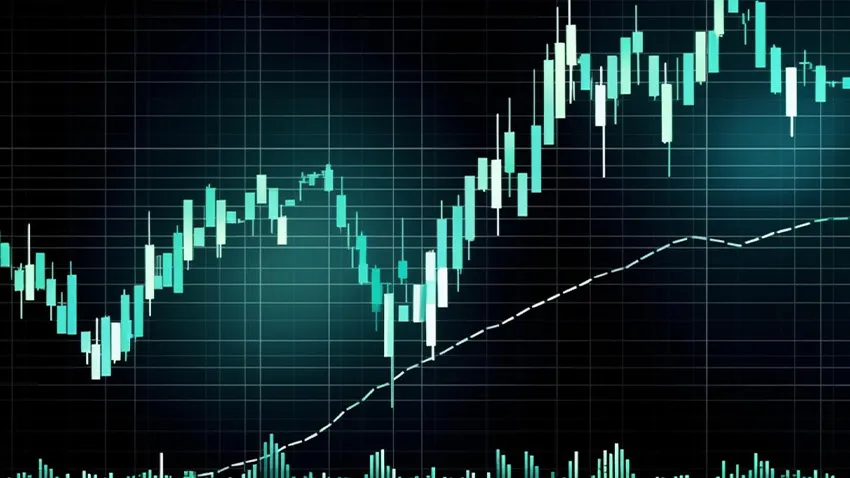
Price-focused traders, who analyse the price charts from a technical perspective, must maintain trading discipline and have great attention to detail. Only then will they be able to capitalise on securities witnessing momentum in its price. The latter trait—attention to detail—involves identifying various patterns and trends in the price that act as indicators to predict future price movement. Traders scrutinise even the most minute details, such as the shape, opening and closing, and highs and lows of a single candle; even a single candlestick can help predict where the price is heading next. In this blog, we will learn about a popular bearish candlestick pattern called the evening star pattern.
Table of Contents
Defining the Evening Star Pattern
What exactly is the evening star pattern, and why does it matter in trading? Despite its name not immediately suggesting a trading connection, the evening star pattern, consisting of three candlesticks, serves as a potent tool for traders seeking to identify potential reversals in an uptrend. Consider envisioning a candlestick chart for a specific asset, such as a stock, where each candlestick provides information about open, high, low, and close prices over a defined period. From a single candlestick, traders can glean insights into the current trend and make predictions about future price movements.
Here’s how the pattern works:
- The evening star candlestick pattern is a distinctive pattern that consists of three candles in a row.
- The first candle is a long, bullish candle, meaning that it has a long body and closes higher than it opened. This generally green candle suggests that there is a strong buying force for the stock and that the uptrend is likely to continue.
- The next candle is a small candle with a small body that can be either bullish or bearish. So, it may gap up and exhibit a modest price increase if it’s bullish or a degree of indecisiveness if it takes the shape of a doji. It also indicates that the momentum the stock was witnessing was starting to lose steam.
- The third candle takes the shape of a long, bearish candle that closes below the midpoint of the first candle’s body. This long, bearish candle seals the deal and indicates that sellers have taken control of the market.
- The formation of these three-patterned candlesticks, the evening star pattern, warns traders that the uptrend is likely to reverse. However, all of this is only true—by which we mean, it’s labelled as an evening star pattern—if the pattern is formed in an uptrend.
Evening Star Pattern Trading Strategy
- If you’re holding a long position and see the evening star pattern forming, it’s a warning of a potential downtrend. Traders in long positions may consider closing or taking partial profits.
- On the flip side, for those comfortable with shorting, the evening star pattern could signal an opportunity to enter a short position.
When evaluating the pattern, consider your trading style and timeframe—short term patterns may not be significant for long term investors, and vice versa.
Pros and Cons of Evening Star Candlestick Pattern
Pros
- Early Reversal Signal: The evening star pattern is a valuable tool for anticipating potential reversals in uptrends, providing traders with an early warning.
- Ease of Identification: It is relatively easy to identify the evening star pattern on a candlestick chart, making it accessible for traders new to technical analysis.
Cons
- False Signals: Despite its usefulness, the evening star pattern is not foolproof and may generate false signals. Traders should be cautious as the pattern may not always lead to a significant price reversal.
- Regret Risk: Relying solely on the pattern may lead to premature exits from positions, causing regret when false reversal signals occur, and traders realise the minor pullback didn’t significantly impact their portfolio.
- Subjectivity: Some traders may find the pattern too primitive or unreliable, preferring more quantitative models for decision-making.
Conclusion
All said, the evening star candlestick pattern is still widely used, especially by beginners, as it’s easy to interpret. So, whether you’re a beginner or an experienced trader, you can base your trades on this pattern; just ensure that you use it in conjunction with other indicators. Don’t solely rely too heavily on the evening star pattern, as there are some potential downsides. In the world of online stock trading with platforms like Share India, traders of all levels, from beginners to experienced professionals, can make informed trading decisions by incorporating versatile patterns like the evening star candlestick pattern into their strategies while emphasising the importance of complementary indicators to mitigate potential downsides and enhance their overall trading success.